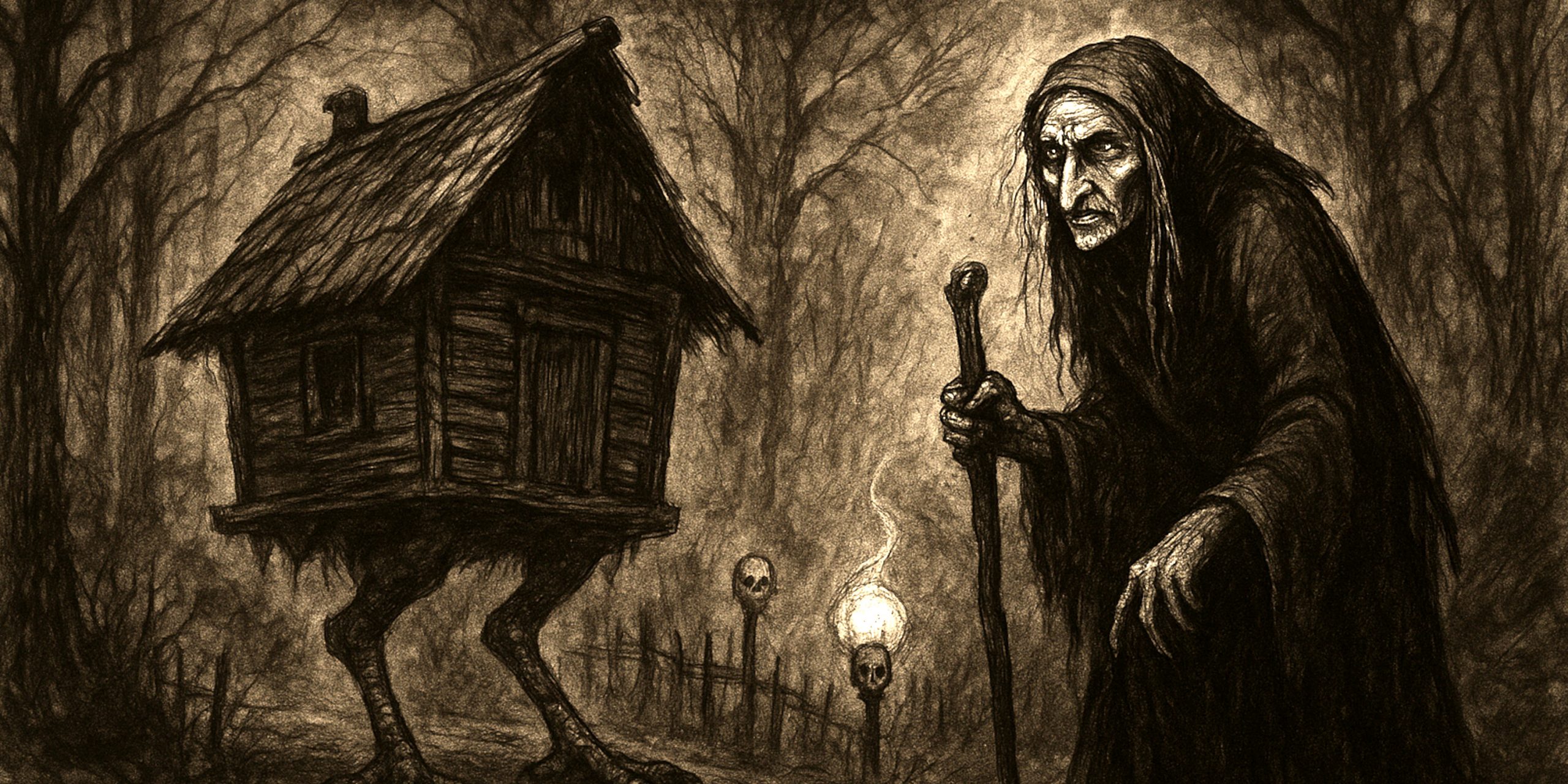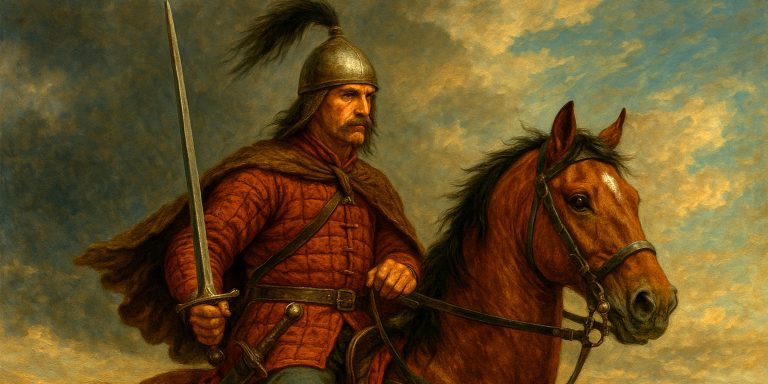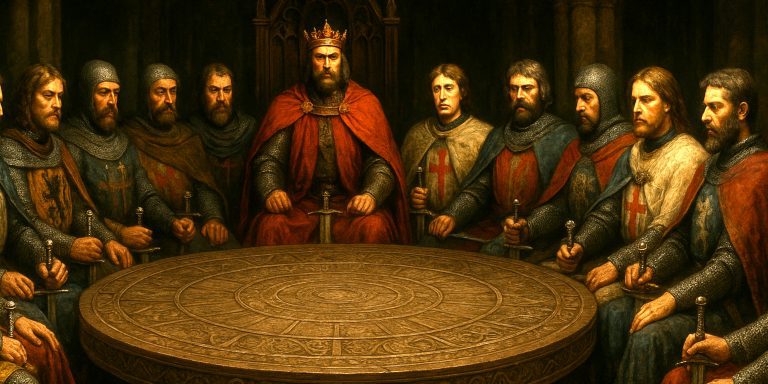
Baba Yaga is not your average fairytale witch. She is older than most nations, stranger than any monster, and more morally confusing than modern cinema could ever manage. Originating from Slavic folklore, she has been many things across centuries: a child-eating demon, a wise crone, a keeper of nature’s balance, and, in some tales, a twisted mentor.
While her reputation precedes her as the cannibalistic old woman in the woods, the truth is far richer and far darker. Baba Yaga is not simply evil. She is the wilderness personified: indifferent, unpredictable, and oddly necessary.
Origins of the Legend
The earliest written mention of Baba Yaga appears in 18th-century Slavic texts, but oral traditions stretch back much further, likely to pre-Christian pagan beliefs. She is thought to represent the ancient archetype of the Earth Mother or death goddess, later demonised by Christianisation.
Her name itself resists tidy translation. “Baba” means old woman or grandmother in many Slavic languages, while “Yaga” is more uncertain. It may derive from words meaning pain, disease, or horror. A name that roughly translates to “Old Horror” sets a fitting tone.
The Hut on Chicken Legs
One cannot discuss Baba Yaga without addressing her most absurd architectural choice: a hut standing on chicken legs. It spins, screeches, and turns its door toward or away from visitors at will. Some scholars believe the hut represents the liminal threshold between life and death. The chicken legs might symbolise shamanic totems or, more mundanely, the unsettling movement of a world that refuses to stay still.
Inside the hut, skulls glow with infernal fire. The fence is made of bones. It is a home that screams “unwelcome,” yet countless heroes and fools have knocked on her door anyway.
Powers and Peculiarities
Baba Yaga’s magical repertoire is vast. She flies through the air in a mortar, steering it with a pestle and sweeping away her tracks with a broom. She commands flocks of spirits, controls the elements, and often guards the Water of Life and Death.
She is the personification of both life’s giver and taker. In one tale she devours the innocent, and in another she rewards bravery with guidance or gifts. To approach her is to gamble with your soul and your supper in equal measure.
Symbolism and Interpretation
Scholars often read Baba Yaga as a relic of pre-Christian goddess worship. She embodies nature’s dual nature: nurturing and destructive, fertile and decaying. She is the wild feminine, unsoftened by human morality.
For peasants living on the edge of forests, Baba Yaga was both cautionary tale and symbol of respect for the wilderness. She punishes greed, cowardice, and arrogance, but rewards humility and courage. It’s a moral compass sharpened with bones.
From a modern perspective, Baba Yaga feels almost like a critique of sanitised fairy tales. She is chaos in a kerchief, the reminder that nature and women alike are not always meant to be tamed.
Legacy in Modern Culture
From Mussorgsky’s Pictures at an Exhibition to John Wick’s dubious nickname, Baba Yaga has slipped from myth into mainstream culture. She appears in novels, games, and films, often reduced to a generic “forest witch.” Yet, when portrayed correctly, she is far more nuanced: a liminal figure who embodies wisdom through terror.
Her influence lingers in every story that merges horror with moral complexity. She is the grandmother of ambiguity itself.
Where to See Baba Yaga Today
You will not find her in museums, but her image permeates Slavic art and folklore exhibits. Russia’s Museum of Myths and Superstitions in Uglich features reconstructions of her hut. Modern illustrators continue to reinterpret her in everything from children’s books to avant-garde fashion.
In many rural Slavic communities, remnants of her legend survive in local superstitions and proverbs. Even now, children are warned not to stray into the woods at dusk, lest the chicken-legged house turns its gaze upon them.
The Seven Swords Takeaway
Baba Yaga endures because she is timelessly unsettling. She represents what every civilisation fears: the wild, the unknown, and the limits of control. Yet, she also stands for ancient wisdom, self-reliance, and the idea that the forest, both literal and metaphorical, can teach you something, if it doesn’t eat you first.
For all her grotesquery, Baba Yaga might be the truest mirror of humanity’s relationship with nature: reverent, terrified, and hopelessly entangled.
Watch the documentary:



